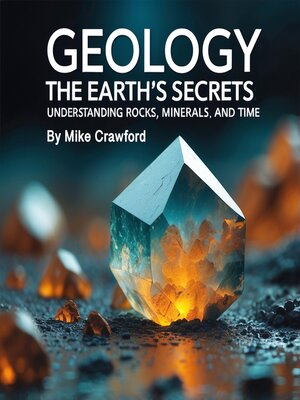Geology
audiobook (Unabridged) ∣ The Earth's Secrets Understanding Rocks, Minerals, and Time
By Mike Crawford

Sign up to save your library
With an OverDrive account, you can save your favorite libraries for at-a-glance information about availability. Find out more about OverDrive accounts.
Find this title in Libby, the library reading app by OverDrive.



Search for a digital library with this title
Title found at these libraries:
| Library Name | Distance |
|---|---|
| Loading... |
The Earth's formation is a story of cosmic collisions, immense heat, and gradual cooling that set the stage for the planet we know today. Approximately 4.6 billion years ago, the solar system emerged from a vast cloud of dust and gas. This cloud, known as the solar nebula, began to collapse under gravity, forming the Sun at its center. Around this young star, particles of dust and rock started clumping together, eventually leading to the creation of planets, including Earth.
In its early years, Earth was a molten sphere, continuously bombarded by asteroids and comets. These impacts contributed to the planet's mass and introduced essential elements like water. As gravitational forces compressed Earth's interior, temperatures soared, causing heavy materials such as iron and nickel to sink toward the core while lighter elements like silicon and oxygen remained near the surface. This process, known as planetary differentiation, led to the formation of Earth's three primary layers: the core, mantle, and crust.
The early atmosphere of Earth was vastly different from what it is today. Initially, it consisted of hydrogen and helium, but solar winds stripped these gases away. Volcanic activity and ongoing collisions released vast amounts of carbon dioxide, water vapor, methane, and ammonia, forming a thick and toxic atmosphere. Over time, as volcanic eruptions continued, water vapor condensed to form clouds, eventually leading to heavy rainfall that lasted for thousands of years. These rains filled low-lying areas, giving rise to the first oceans.







